

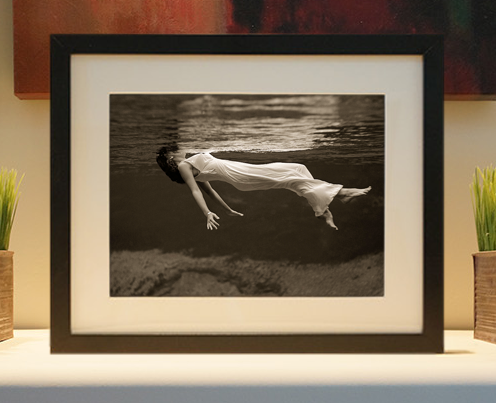
Framed or unframed, desk size to sofa size, printed by us in Arizona and Alabama since 2007. Explore now.
Shorpy is funded by you. Patreon contributors get an ad-free experience.
Learn more.

- The most dangerous fire escape I've ever seen
- Out of Place
- Sir Bedevere
- Witch way to the fire?
- Proud to be an old Coot
- That old scale
- Bowled Over
- Cat years?
- 'Why' Wyoming?
- His Master's Voice
- What! No dish under the skewer?
- Only in Hollywood?
- What's Up Doc?
- Destination?
- I'm pretty sure this was a voluntary program
- When I see chicken wire rabbit cages I think of three things
- The War Ears
- Eating the bunnies? Really?
- A love affair with a machine
- Hasenpfeffer
- Back support
- Hot type!
- Can you smell ... the news?
- Looking across the street and Flong
- Memories of my elderly hoarder neighbor
- Linotype in the Twilight Zone
- By Memory?
- Quiet place
- Line Of Type
- And no hearing protection
Printporium
Ahoy, Mateys: 1923

January/February 1923. "Headquarters of the U.S. Coast Guard are using a unique method for distributing news of their service by means of radio. Capt. F.C. Billard, aide to the commandant, is shown broadcasting. Lt. F.A Zensler is coaching him from the receiving set, which is being used by Lt. E.M. Webster (with earpieces)." Harris & Ewing glass negative. View full size.
Some speculation on the ranks
Here is my speculation on the mystery of the captain's stripes and the civilian clothing of the lieutenants. As far as Billard goes, there's the complex issue of permanent and temporary ranks that the armed forces used for decades. It wasn't until around 1970 that the Army got rid of the temporary rank structures for enlisted men, just after I joined. It may be that Billard only had the permanent rank of Lieutenant Commander. Prior to this picture he was the commandant of the Coast Guard academy and may have been ex officio a captain there. Here he may have reverted to his permanent rank as he awaited his promotion to Commandant of the Coast Guard which came with a promotion to Rear Admiral. As far as Lieutenant Webster goes, he retired on disability in 1923 and then was almost immediately recalled to active duty to ramrod the deployment of new radio equipment in the service, some brand new parts of which we see stacked up waiting to be shipped out. The whole disability thing may haven a bizarre administrative sleight of hand of some sort. Perhaps the paperwork reinstating him hadn't been finalized yet. He had an interesting career, retiring again in 1934, recalled to active service in 1942 to supervise the Coast Guard's stateside communications in WWII, then retiring for the third time in 1946 with the retired rank of Commodore. This is prima facie evidence that he received a "tombstone promotion" on retirement, since the rank of Commodore had in fact been abolished for active service officers and was reserved just for officers that got an automatic one grade promotion on retirement, a practice popular in the Navy, Marine Corps, and Coast Guard until 1960. At that time, 75% of the Admirals on the Navy retired list were tombstone promotions, so called because that's the rank that would be engraved on their tombstones.
Civvies and Stripes
Wondering why the two Coast Guard lieutenants are in civilian suits, and unless I am mistaken, the officer in uniform is wearing Lieutenant Commander's stripes.
The officer sitting at the table
is wearing the stripes of a Lieutenant Commander not a Captain
Sleeve insignia
There is ample evidence that F.C. Billard had attained the rank of Captain at this point in his career and in fact, had held that rank for quite some time. The braid on his sleeve, however, suggests to me the rank of Lieutenant Commander. Coming from an Army family, I am far from an expert on such matters. Could someone clear up my confusion?
Didn't need much coaching
Frederick Chamberlayne Billard was the Superintendent of the United States Coast Guard Academy at Fort Trumbull near New London, Connecticut from 1921 until his appointment as Commandant in 1924. A year after this photo he'd be a Rear Admiral.
https://en.wikipedia.org/wiki/Frederick_C._Billard
Breaker Breaker Good Buddy, what's your 20?
Just passing lifebuoy Davy Jones locker heading towards the Bermuda Triangle. Pre CB radio days.







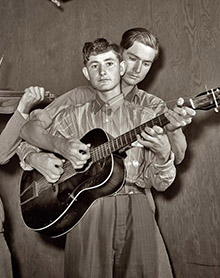
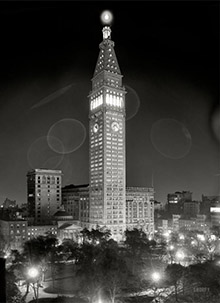
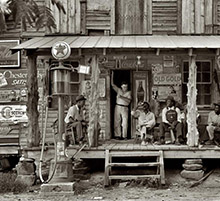
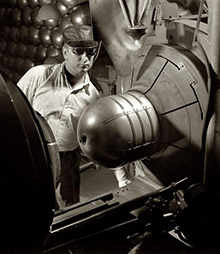
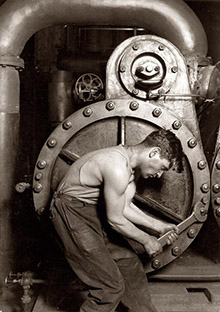
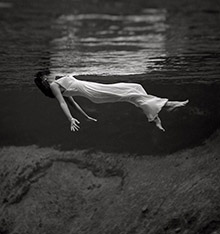
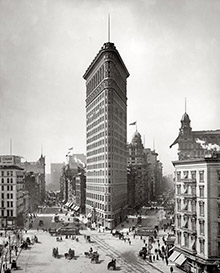

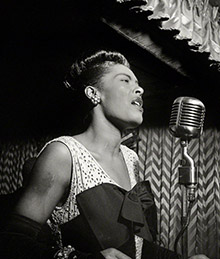
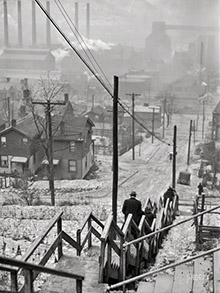
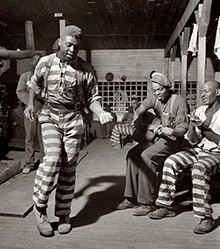

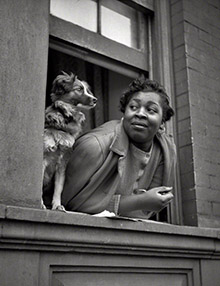
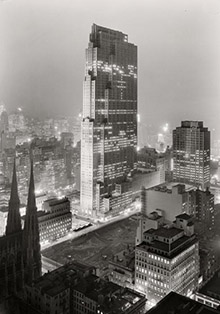

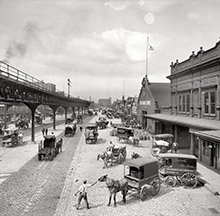

On Shorpy:
Today’s Top 5